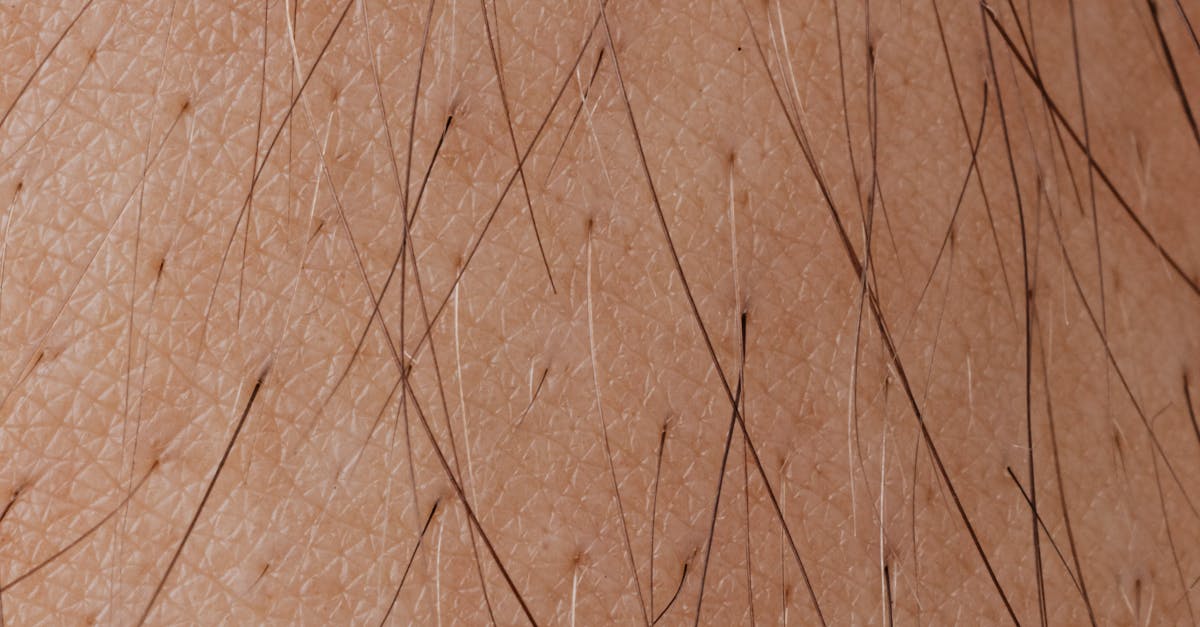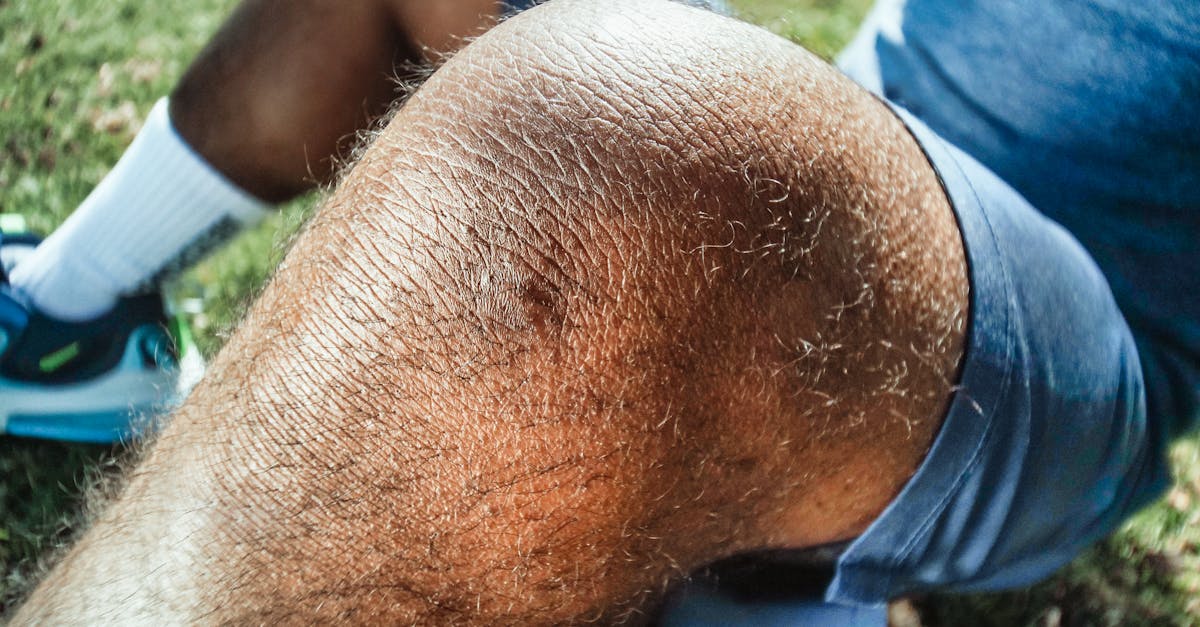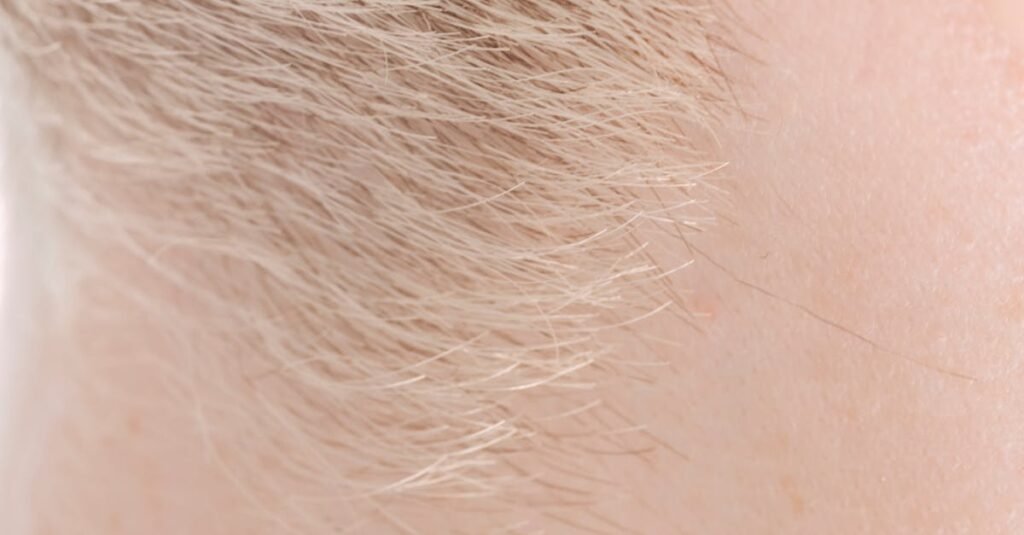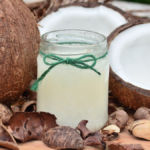Boils can be an uncomfortable and distressing issue, especially when they occur in sensitive areas. Understanding what these boils look like, their causes, and how to treat them is essential for anyone experiencing this condition. This blog post provides a detailed look at pictures of boils on the private area of females, along with valuable insights into prevention and treatment options.
| Type of Boil | Description | Common Symptoms |
|---|---|---|
| Furuncle | A painful, pus-filled bump that can occur in hair follicles. | Redness, swelling, and tenderness. |
| Carbuncle | A cluster of boils that form a connected area of infection under the skin. | Fever, chills, and fatigue. |
| Pilonidal Cyst | A cyst that occurs near the tailbone, often containing hair and skin debris. | Pain, swelling, and drainage of pus. |
| Folliculitis | Inflammation of hair follicles, which can resemble small red bumps. | Itching, discomfort, and sometimes pus. |
| Abscess | A localized infection that results in a collection of pus. | Severe pain, swelling, and fever. |
| Hidradenitis Suppurativa | A chronic skin condition causing lumps under the skin, typically in skin folds. | Painful lumps, drainage, and scarring. |
| Ingrown Hair | A hair that curls back into the skin, causing inflammation. | Redness, swelling, and sometimes pus-filled bumps. |
Furuncle
Furuncles, or boils, are painful, pus-filled bumps that often develop in hair follicles. They can occur anywhere on the body, including the private area. The primary cause is a bacterial infection, usually by Staphylococcus aureus. Symptoms include localized redness, swelling, tenderness, and the formation of pus. Treatment typically involves warm compresses to promote drainage and, in some cases, antibiotics.

Carbuncle
A carbuncle is a more severe form of a boil, which consists of a cluster of furuncles that form a connected area of infection. Carbuncles are usually larger and deeper than single boils and can cause significant discomfort. Common symptoms include fever, chills, and fatigue, in addition to the localized pain and swelling. Treatment often involves drainage by a healthcare provider and antibiotics to combat the underlying infection.

Pilonidal Cyst
A pilonidal cyst is a pocket of tissue that can develop near the tailbone and may contain hair and skin debris. These cysts can become infected and lead to the formation of a boil-like structure. Symptoms often include pain, swelling, and drainage of pus or blood from the cyst. Treatment may involve surgical intervention to remove the cyst if it becomes recurrent or infected.

Folliculitis
Folliculitis is an inflammation of hair follicles that can appear as small red bumps, sometimes resembling pimples or boils. It can occur anywhere on the body, including the private area. Symptoms include itching, discomfort, and sometimes pus-filled bumps. Treatment typically involves topical antibiotics and maintaining good hygiene to prevent further outbreaks.

Abscess
An abscess is a localized infection that results in a collection of pus. Abscesses can form in various parts of the body, including the genital area. They often present with severe pain, swelling, and fever. Treatment usually requires incision and drainage by a healthcare professional, along with antibiotics to clear the infection.

Hidradenitis Suppurativa
Hidradenitis suppurativa is a chronic skin condition characterized by lumps under the skin, typically in areas where skin rubs together, such as the groin. These lumps can become painful and lead to drainage of pus. The exact cause is unknown, but it is associated with inflammation and can be exacerbated by friction. Treatment options include antibiotics, anti-inflammatory medications, and in severe cases, surgery.

Ingrown Hair
Ingrown hairs occur when hair curls back into the skin, leading to inflammation and sometimes infection. This condition can result in small red bumps that may resemble boils. Symptoms include redness, swelling, and discomfort. Treatment typically involves gentle exfoliation and, in some cases, topical antibiotics if an infection develops.

FAQ
What causes boils in the private area?
Boils in the private area are usually caused by bacterial infections, often stemming from hair follicles, skin friction, or ingrown hairs. Poor hygiene, obesity, and certain medical conditions can increase the risk of developing boils.
How can I treat a boil at home?
At-home treatments for boils include applying warm compresses to promote drainage, maintaining cleanliness, and avoiding squeezing the boil. Over-the-counter pain relievers can help manage discomfort.
When should I see a doctor for a boil?
You should seek medical attention if the boil is extremely painful, does not drain, is accompanied by fever, or if you have recurrent boils, as these may indicate an underlying condition.
Can boils be prevented?
Preventive measures include maintaining good hygiene, avoiding tight clothing that causes friction, and managing underlying skin conditions. Regular exfoliation can also help prevent ingrown hairs.
Are boils contagious?
Boils themselves are not contagious; however, the bacteria that cause them can spread through skin-to-skin contact or by sharing personal items like towels or razors.
References:
– [CDC: Boils](https://www.cdc.gov/healthywater/hygiene/infection_control/boils.html)
– [Mayo Clinic: Skin Abscess](https://www.mayoclinic.org/diseases-conditions/skin-abscess/symptoms-causes/syc-20342912)
– [American Academy of Dermatology: Hidradenitis Suppurativa](https://www.aad.org/public/diseases/eczema/hidradenitis-suppurativa)



